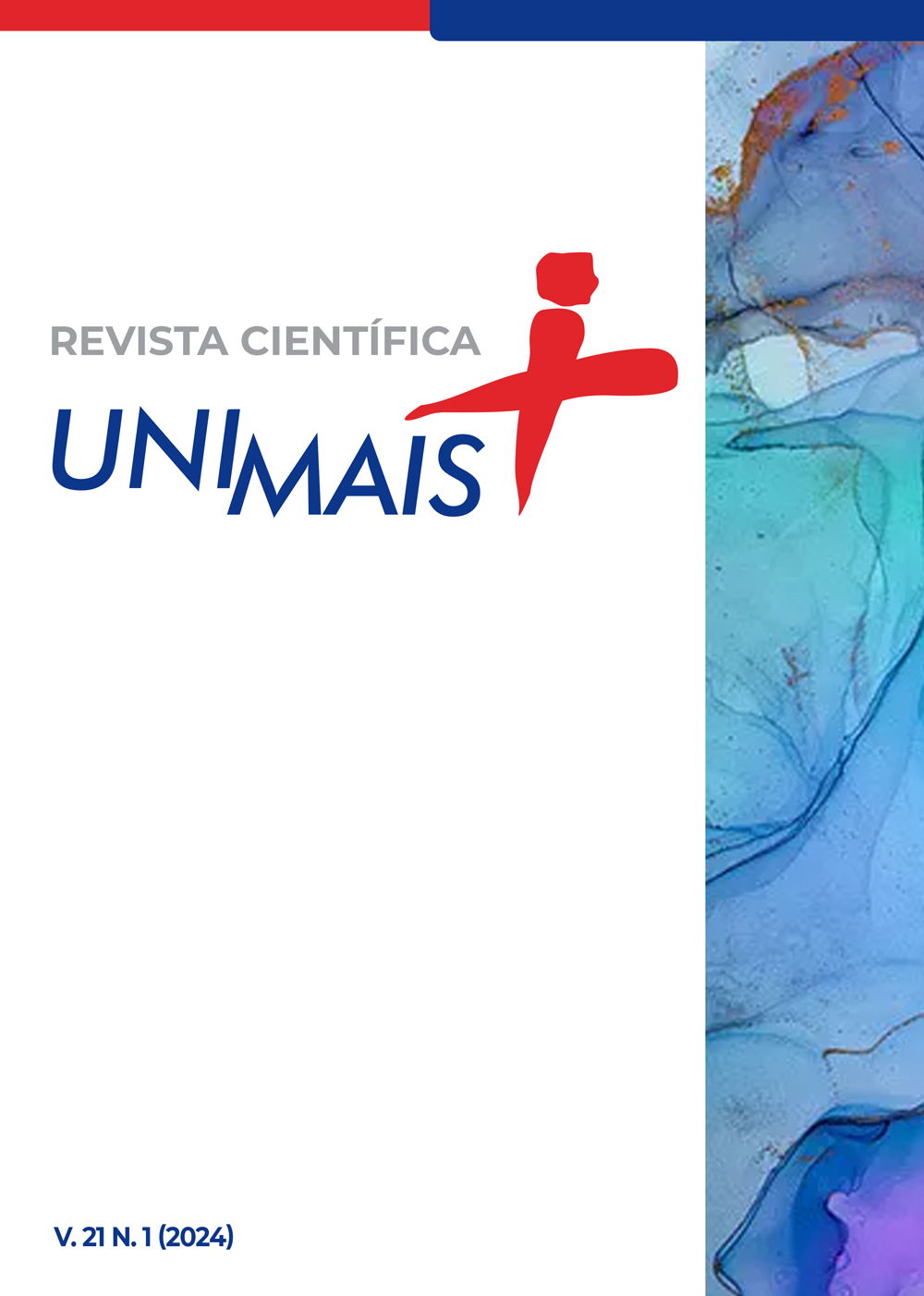COMPLEMENT SYSTEM ASSOCIATED WITH ATYPICAL HEMOLYTIC UREMIC SYNDROME
Keywords:
Autoimmune diseases, Hemolytic uremic syndrome, Complement systemAbstract
The Complement System (CS) is made up of an enzymatic “cascade” that helps defend against infections, an essential mechanism in innate immunity that helps in the rapid recognition and elimination of pathogens. Deficiencies in this regulation and/or activation of the SC can cause diseases and syndromes, whether of genetic or acquired origin. Atypical hemolytic uremic syndrome (aHUS) is a genetic disease, in which there is an alteration in the proteins that regulate the complement system, leading to the destruction of endothelial cells, erythrocytes and leukocytes. The objective is to address the importance of the complement system, its regulation and the relationship between protein deficiency that can cause genetic diseases such as atypical hemolytic uremic syndrome. The proteins most related to aHUS are factor H, I and CD46, classified as SC regulatory proteins, which protect host cells from uncontrolled complement activation. Another important protein is thrombomodulin, an endothelial glycoprotein that plays an important role in the coagulation cascade. The clinical characteristics occur mainly in children, and in more severe cases kidney transplantation may occur, and even then, transplant rejection may occur. The main medication used for treatment is eculizumab. It was possible to demonstrate that aHUS is directly linked to deficiencies in complement system proteins and, as it is rare, there is still no specific treatment and the diagnosis is still non-specific.









